Great Smoky Mountains National Park is the most visited national park in the United States. Nestled in the Blue Ridge Mountains of North Carolina and Tennessee, it’s absolutely worth adding to your bucket list, especially in the fall. This post will give you our exact Great Smoky Mountains itinerary, plus a bonus Gatlinburg itinerary to help you plan your stay.
In 2017, my husband and I took a road trip to visit every national park in the U.S. Our first trip to the Smokies was during that adventure – it was the 17th park we explored. Since then, we’ve returned several times, and I’m so excited to share everything you need to plan the ultimate Great Smoky Mountains itinerary.
Keep reading for all the details to plan your visit to Great Smoky Mountains National Park.
Disclaimer: This blog post is in partnership with Expedia and contains some affiliate links. This means I get a small commission if you make a booking (at no extra cost to you). It’s one of the ways I can keep producing free guides and resources for my readers. Learn more about my affiliate policy here. Thank you for the support!

Great Smoky Mountains National Park Guide
Great Smoky Mountains National Park (GSMNP) is one of the most famous national parks in the country, especially in the fall. The park is home to a large concentration of deciduous trees, which means each fall the mountains are covered in vibrant hues of red, orange, and yellow.
It’s no wonder that people flock from all over the country to witness the peak colors here. This peak typically occurs around mid-October, but the timing can vary from year to year. This is also when the park is at its busiest, so I recommend visiting mid-week if possible. I’ve been twice now in the fall, and while it is busy, there are plenty of places to escape the crowds. Keep reading for some of our favorites.
The Great Smoky Mountains National Park, established on June 15, 1934, is one of the most visited parks in the United States. In 2023, it welcomed 13.3 million visitors, and in 2021, that number was 14 million. Its popularity isn’t surprising as it’s located within a day’s drive of more than half of the country’s population, making it incredibly accessible for families, hikers, and nature lovers to experience its beauty. Also, the Blue Ridge Parkway (469 miles) is one of America’s most famous stretches of road. It runs through the Smokies, connecting it to Shenandoah National Park.

When to Visit the Great Smoky Mountains
The best time of year to visit the Great Smoky Mountains is definitely during the fall months. As I mentioned earlier, the huge concentration of deciduous trees change color each fall to paint the landscape in rich reds, oranges, and yellows. Although this changes year by year, the peak season for colors in the Great Smoky Mountains typically occurs around mid-October. This is also when the park will be its busiest.
I’ve explored the park in spring, summer, and fall, and each season has its own magic. Hiking is beautiful in the spring when the wildflowers bloom and into summer when the trails are surrounded by lush and green foliage. But, of course, come fall, the colors make it truly unforgettable.
This Great Smoky Mountains itinerary is perfect for a fall getaway, but don’t worry if you’re visiting another time of year. Spring and summer offer incredible hiking too, and the same itinerary works beautifully. If you’re visiting in late fall or winter, make sure to check road and trail closures.
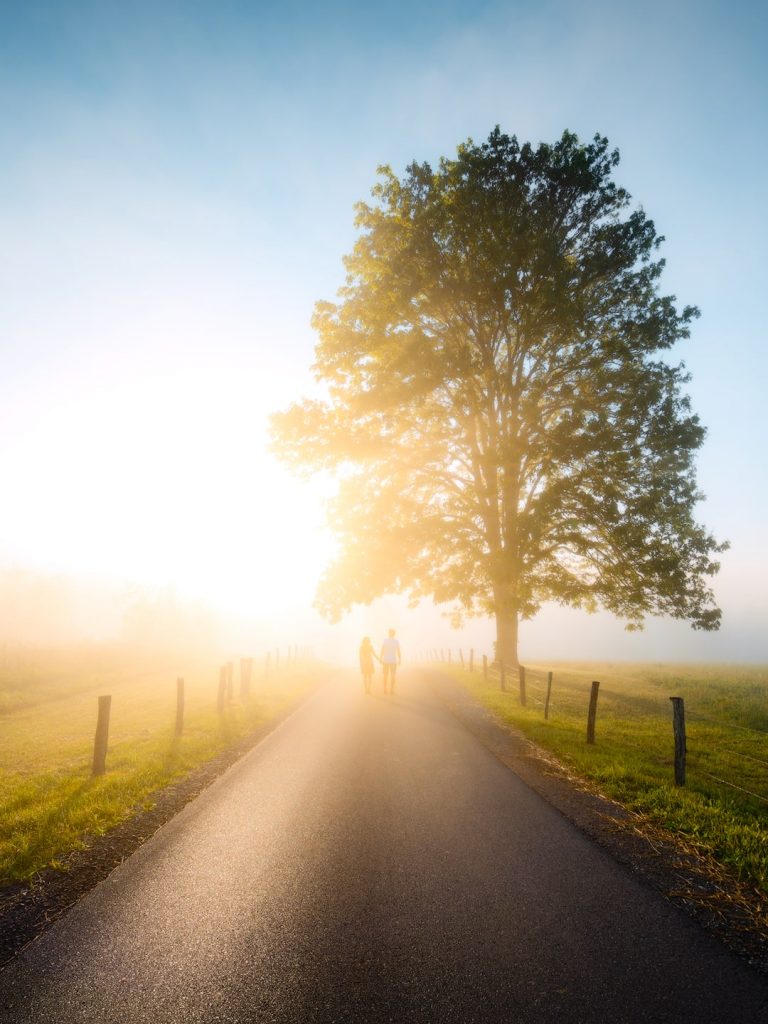
How to Get to the Great Smoky Mountains National Park
The Great Smoky Mountains is one of the most accessible National Parks in the country. There are three entrances, one in North Carolina and two in Tennessee, with the towns of Asheville and Knoxville being within an hour’s drive. There are several ways to visit this park, which I will outline below.
Arrive by car
There are three main entrances to the Great Smoky Mountains: the Gatlinburg, TN, entrance, the Townsend, Tennessee, entrance, and the Cherokee, North Carolina, entrance. For detailed driving directions to each of these entrances, I recommend visiting the NPS website. Don’t always trust your GPS! It can give you inaccurate information about dead ends, one-way roads, and road closures.
Along with these three entrances, there are four visitor centers: the Sugarlands visitor center near the Gatlinburg Entrance, the Cades Cove visitor center, the Kuwohi visitor center (formerly Clingmans Dome) and the Oconaluftee visitor center which is near the Cherokee entrance.
The visitor center is the best place to start your trip! There are always bathrooms, water fountains, a gift shop and ranger led activities. It’s also where you can purchase your parking tags.
Arrive by plane
You can’t fly directly to the national park, but you can get pretty close. The McGhee-Tyson Airport (TYS) is located just south of Knoxville and is 45 miles west of the Gatlinburg, Tennessee, entrance. In North Carolina, the Asheville Regional Airport is located around 60 miles east of the Cherokee, North Carolina, entrance.
For more flight options, consider flying into Nashville renting a car from the airport. This is what we did on our last visit, and it gave us the chance to explore Nashville for a day as well. The drive from Nashville airport (BNA) to Great Smoky Mountains National Park is approximately 3.5 hours.
Travel tip: Use Expedia to find the best flight deals, and compare car rentals across multiple rental agencies using Expedia Cars.
Arrive by Shuttle
Parking can be extremely limited and is always available on a first-come, first-served basis. If you’re worried you won’t be able to find parking on the day, you can take a shuttle into the park. This can be a great way to explore the park if you know that you want to hit the highlights (and save the scenic drives for another time). The NPS provides all the information about shuttles and parking availability on its website.
Arrive on a tour
There is no public transportation available to help you get to the park, and even if you take a shuttle, you’ll still be required to navigate the park on your own once you arrive. If you don’t have your own means of transportation, a better option can be to take a tour. This can help you see all the highlights without worrying about the logistics. Here are some amazing options:
- Trees of Many Colors Tour from Pigeon Forge
- Fall Color Tour in the Smoky Mountains
- Historic River Town Ramble
- Roaring Fork Smoky Mountains Tour
- Guided Hike: Clingmans Dome Hike

Where to Stay
Because the Great Smoky Mountains are so accessible, guests have a variety of accommodation options in and around the park. I’ve stayed in multiple places while visiting the Great Smoky Mountains, but my top recommendation is to base yourself in Gatlinburg, Tennessee. Gatlinburg is a great little town with plenty of nice restaurants, shops, and coffee shops to make your trip to the Great Smoky Mountains perfect.
Keep reading for my Gatlinburg itinerary shared at the end of this guide.
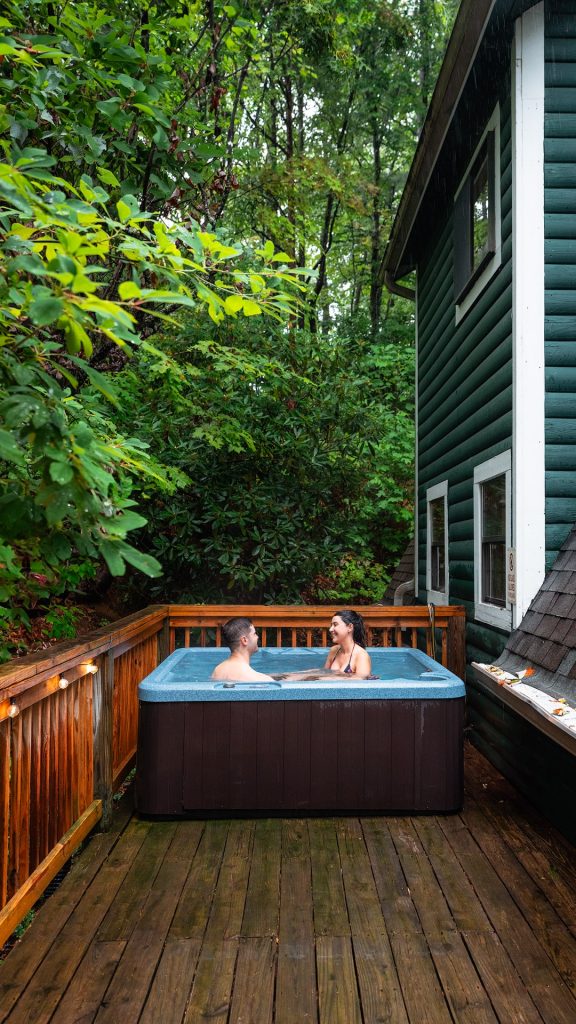
Gatlinburg Stays
Here are a few hotels to choose from in Gatlinburg. If you plan to visit in the fall, be sure to book your accommodation well in advance to secure the best options.
- Gatlinburg A-Frame: an amazing cabin in Gatlinburg that sleeps nine. It features a game room and wrap-around porch with incredible views of Mount LeConte. This is where Matt and I stayed on our last visit to Great Smoky Mountains National Park.
- The Greystone Lodge on the River: an affordable option with free breakfast that’s located right in the heart of Gatlinburg.
- Sweetgum Lodge: another beautiful mountain view cabin located in Gatlinburg’s Chalet Village. This cabin features a hot tub, pool table, and huge windows overlooking the Smokies.
- Black Bear Falls Cabin, located a bit further from Gatlinburg, offers everything you need for a quiet stay in the Great Smoky Mountains.
- Deer Ridge Mountain Resort: a comfortable hotel with everything you need for a perfect vacation in the Smokies.
Great Smoky Mountains Camping
- Ten established campgrounds are located in the park. The Cades Cove and Smokemont Campgrounds are open year-round; the rest have seasonal availability. You can learn more and book a campsite here.
- The park is also home to over 800 hiking trails with plenty of backcountry camping options available. For more information about backcountry camping, read this guide.
- Nearby dispersed camping can be found through freecampsites.net, Campendium, and iOverlander.
- Alternatively, use The Dyrt to find your campsite, use my code RENEEROAMING for a free 30-day trial.
Nearby vacation rentals
- CastAway Waterfront Rustic Cabin: CastAway is a stunning, newly constructed cabin situated in the heart of the Great Smoky Mountains. The porch overlooks the river, making it the perfect spot to unwind after a long day of hiking in the park.
- Sky Ridge Yurts: for a totally unique experience, stay at Sky Ridge Yurts. They have several different glamping options depending on your budget, and if you’re going in the autumn, you’ll be surrounded by fall colors.
- Maggie Valley Cabin Rentals: affordable and classic cabin rentals located just south of the Great Smoky Mountains National Park.
- Twin Mountain Inn & Suites: a riverfront hotel located in Pigeon Forge with free breakfast and an outdoor pool.
- Econo Lodge Pigeon Forge Riverside: Located in Pigeon Forge, this hotel offers a lovely indoor pool, hot tub, and complimentary breakfast.

Best Things to Do in The Great Smoky Mountains
There are plenty of hikes, scenic drives, and viewpoints in the Great Smoky Mountains to keep you busy during your trip. I’ll list some of the most popular Great Smoky Mountain activities below, along with my personal recommendations.
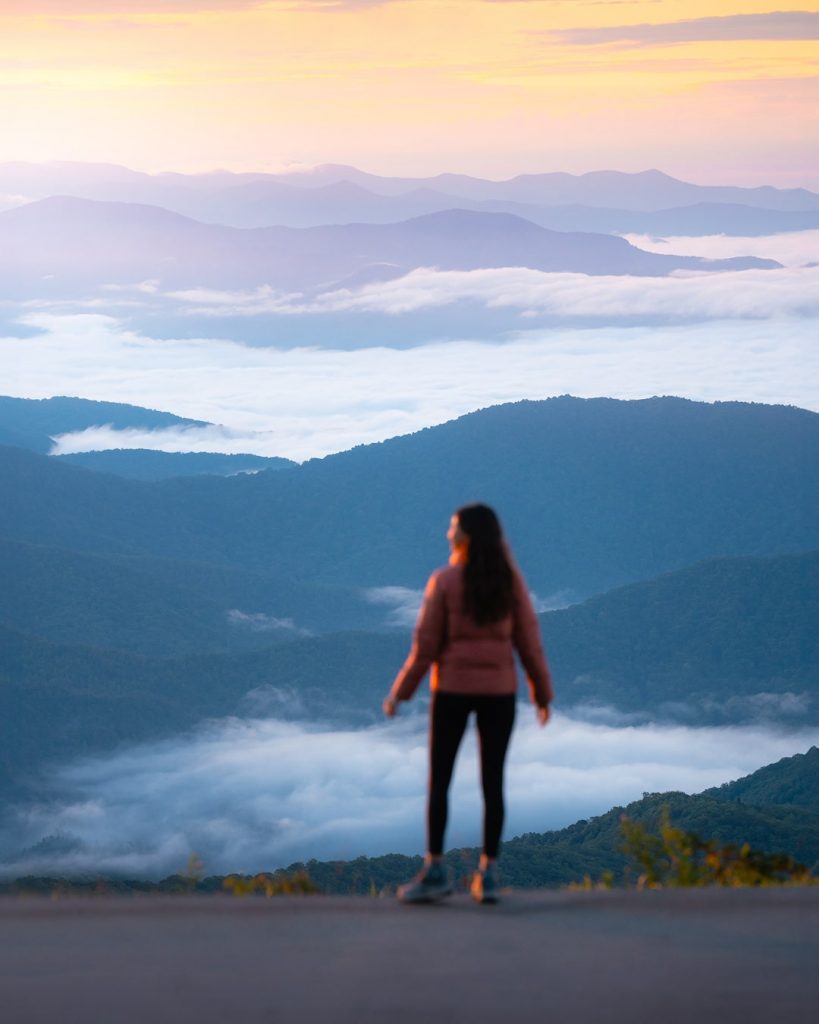
Kuwohi (Clingman’s Dome) Tower Trail
Considered to be the “Top of the Smokies”, Kuwohi is the highest mountain in the park and one of the highest mountains on the East Coast. An observation tower at the summit (6,643 feet) takes you far above the tree line for a 360-degree view. They say that on a clear day, you can see for over 100 miles.
You can reach the observation deck on a paved, one-mile (round trip) trail. The trail is pretty steep, so while it’s paved, it’s still considered strenuous. You’ll gain about 360 feet of elevation from the parking lot to the top.
This is always rated as one of the best things to do in the Great Smoky Mountains, and I have to say, it lives up to the hype. We’ve been to the Smokies several times now, and we never miss a visit to Kuwohi (Clingman’s Dome).
Note: Clingman’s Dome was recently renamed to the Cherokee name of Kuwohi (pronounced koo-WHOA-hee). Kuwohi is a sacred place for the Cherokee people and the highest point in their native homeland.
Newfound Gap Overlook
Newfound Gap Overlook is a famous overlook in the Great Smoky Mountains. It offers you panoramic views from a height of 5,046 feet (1,538 m). The viewpoint is home to the Rockefeller Memorial, which is the spot of the park’s official dedication in 1940. It also marks the lowest drivable pass within the Great Smoky Mountains.
Make sure to check road conditions and always pack layers. The Newfound Gap has its own microclimate, and it’s often several degrees colder than the rest of the park, even in the summer. The drive itself to the Newfound Gap is one of my favorite drives in the park.

Oconaluftee Overlook
Located along Newfound Gap Road, the Oconaluftee Overlook is another spot you need to add to your Great Smoky Mountains itinerary. Also known as “Luftee Overlook”, it’s located 0.8 miles south of the Newfound Gap Overlook, and it is often overlooked because the parking lot is situated on the opposite side of the road.
I love this overlook because it’s quieter, making it one of the best places to see the iconic layers of mountain ridges that make up the Smoky Mountains. Make sure to continue down into the Oconaluftee; it’s a large river valley that’s home to the park’s two large elk herds.
The Luftee Overlook is beautiful at sunrise, and the early morning will give you the best opportunity to photograph elk. Keep reading for my top tips for wildlife photography in the national parks.

Cades Cove Scenic Loop Road
The Cades Cove Scenic Loop Road is a picturesque, 11-mile loop that takes you on a tour of both the natural landscape and cultural history of the Smoky Mountains. You pass by hiking trails, valleys filled with wildflowers in the spring and colorful trees in the fall, and homestays, churches, and cemeteries.
Here are a few of the places to stop along the Cades Cove Loop Road:
- John Oliver Historical Cabin
- Methodist Church Historical Building
- Carter Shields Cabin Historical Structure
- Elijah Oliver Place Historical Building
- The Tipton Place Historical Structures
- Cades Cove Historical Grist Mill
This part of the park features its own visitor center (the Cades Cove Visitor Center), where you can learn more about the region’s history, and a campground where you can base yourself during your stay. They also have a bookstore and gift shop where you can pick up your souvenirs. The road is also the starting point for many of the hikes you can do in the park.
The Cades Cove Loop road is a must-do on your Great Smoky Mountains itinerary. We drove the loop in the late afternoon after a day of exploring the park, and it was the perfect way to end our day. The light in the valley is beautiful at the end of the day; it’s a true photographer’s dream.
The Caves Cove Loop Road is home to hikes, waterfalls and short nature trails where you can learn about the history, flora and fauna of the region.
A few of the hikes that you can do from the Cades Cove Scenic Loop Road include:
- The Rich Mountain Loop (8.5 miles)
- Crooked Arm Cascades (1.4 miles)
- Abrams Falls (5 miles)
Roaring Fork Motor Nature Trail
The Roaring Fork Motor Trail is another scenic drive in Great Smoky Mountains National Park. It is, hands down, one of the most popular activities in the park, so let me provide you with some information to help you plan your trip.
The Roaring Fork Motor Trail is a one-way drive that takes you through the lush and biodiverse forest of the Smoky Mountains. The drive has plenty of spots where visitors can stretch their legs and explore the forest. It’s an absolutely beautiful part of the park that gets its name from the Roaring Fork stream that runs through the area.
Here’s some advice from the NPS to help you plan your trip:
- Demand for parking in this area often exceeds capacity. They recommend that you come prepared with a backup plan and always park in designated areas, ensuring all four wheels are off the road. Rangers will ticket and tow cars parked illegally.
- Parking tags cannot be purchased here; please make sure you purchase yours in advance.
- This motor trail is closed for part of the year; please check the road status here.
Things to do on the Roaring Fork Motor Trail:
- Visit the Noah “Bud” Ogle Self-Guiding Nature Trail (this is actually right before you enter the motor trail!)
- Hike to Rainbow Falls (5.4 miles round trip)
- Hike to Grotto Falls (2.6 miles round trip)*
- Keep an eye out for the roadside waterfall named the Place of a Thousand Drips.
Note – Parking is often full here. The NPS recommends taking a shuttle if you’d like to hike to Grotto Falls. If visiting the Roaring Fork Motor Trail is very high on your list, I’d recommend taking a guided tour of the area. A guided tour will save you a lot of headaches when it comes to parking and navigating this popular area. This two-and-a-half-hour tour takes you to all the highlights, accompanied by a dedicated and knowledgeable guide to help you make the most of your visit.
Foothills Parkway (scenic drive)
The Foothills Parkway scenic drive brings you all the beauty of the Smoky Mountains, with a fraction of the crowds. This is a much less-visited scenic drive that’s actually a Congressionally Mandated Parkways (one of seven in the United States). The entire parkway is 72 miles long, but only 38.6 miles of it, in three sections, are currently open to the public.
While there are so many beautiful drives in Great Smoky Mountains National Park, I have to say that this was another one of my favorites. Trust me when I tell you that the views are even more beautiful than in Cades Cove (and it is significantly quieter).
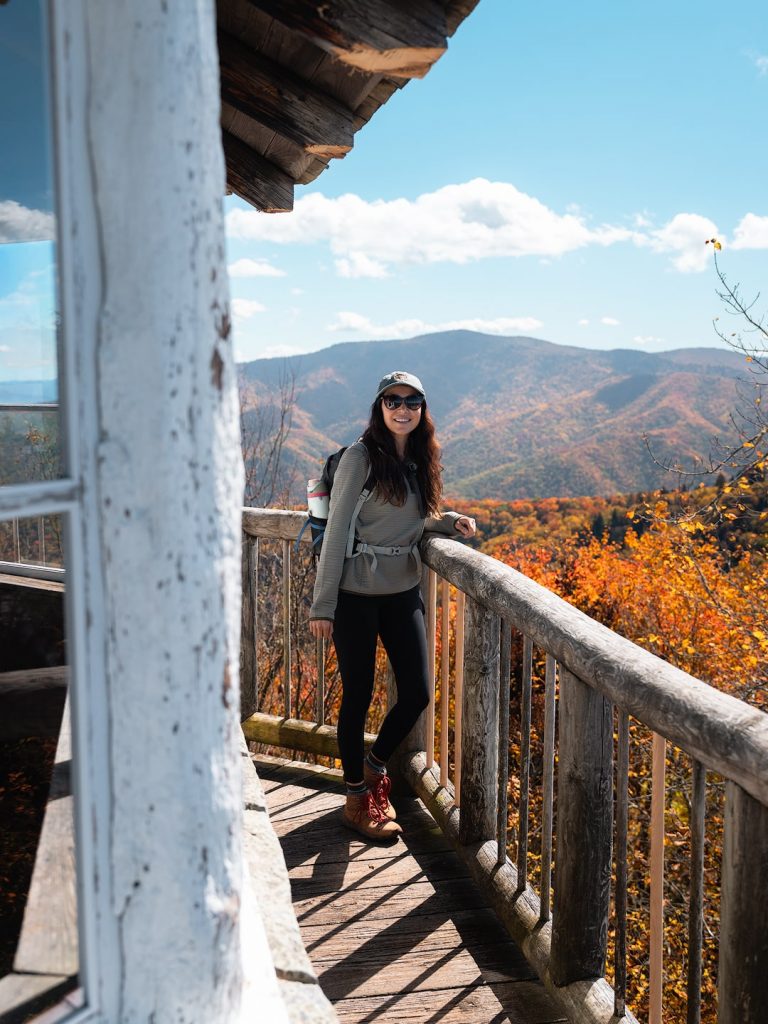
Hiking Trails in Great Smoky Mountains National Park
While there are some incredibly famous drives and overlooks, hiking is one of the best ways to truly experience the Great Smoky Mountains. Hundreds of miles of trails span this national park, with several portions of the Appalachian Trail that you can ‘section’ hike. Because there are so many hiking trails, you can often beat the crowds by exploring the park this way. Here are some of our favorite hikes that we’ve done in the Great Smoky Mountains.
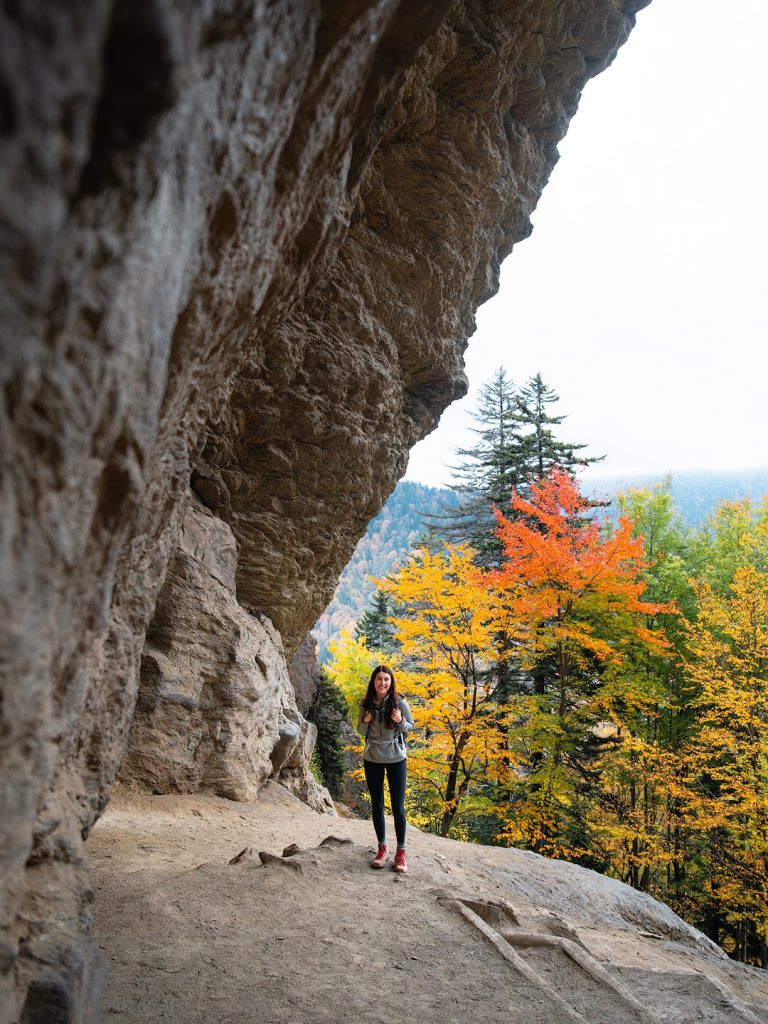
Alum Cave Trail
On our last trip to the Smoky Mountains, we hiked the Alum Cave Trail, which isn’t actually a cave but instead takes you to Arch Rock and the Alum Cave Bluffs, which are rocky overhangs that resemble caves without being fully enclosed spaces.
This 4.6-mile (7.4km) round-trip hike in Great Smoky Mountains National Park takes you through stunning old-growth forests, following mountain streams along the way. The trail does get steeper after Arch Rock, so if you want a more moderate hike, you can turn back there.
Mount LeConte Trail
The Mount LeConte Trail is a 10-mile (16.1km) hike that is the shortest of five trails leading to the summit of Mount LeConte. It’s a challenging trail with 2763 feet of elevation gain. This trail also starts at the Alum Cave trailhead, making it a great option to combine with the Alum Cave Trail for a longer adventure. The trail begins in dense forest and culminates on one of the highest peaks in the Smokies.
Please be aware that the parking lots can get very busy, so consider taking a shuttle or arriving early.
Mount Cammerer Trail
Mount Cammerer is an 11.4-mile (18.3km) round-trip hike with 3,045 feet of elevation gain. This was a challenging hike, but incredibly rewarding. It was also way less busy than other trails on our last visit. As I mentioned earlier, fall in Great Smoky Mountains National Park can be chaotic, so finding a quieter hike was very welcome.
The summit of Mount Cammerer is 4,928 feet and overlooks the Pigeon River Gorge. On clear days, this is another one of those viewpoints where you can see for miles. The stone fire lookout (which was restored in 1995) provides hikers with 360-degree views.
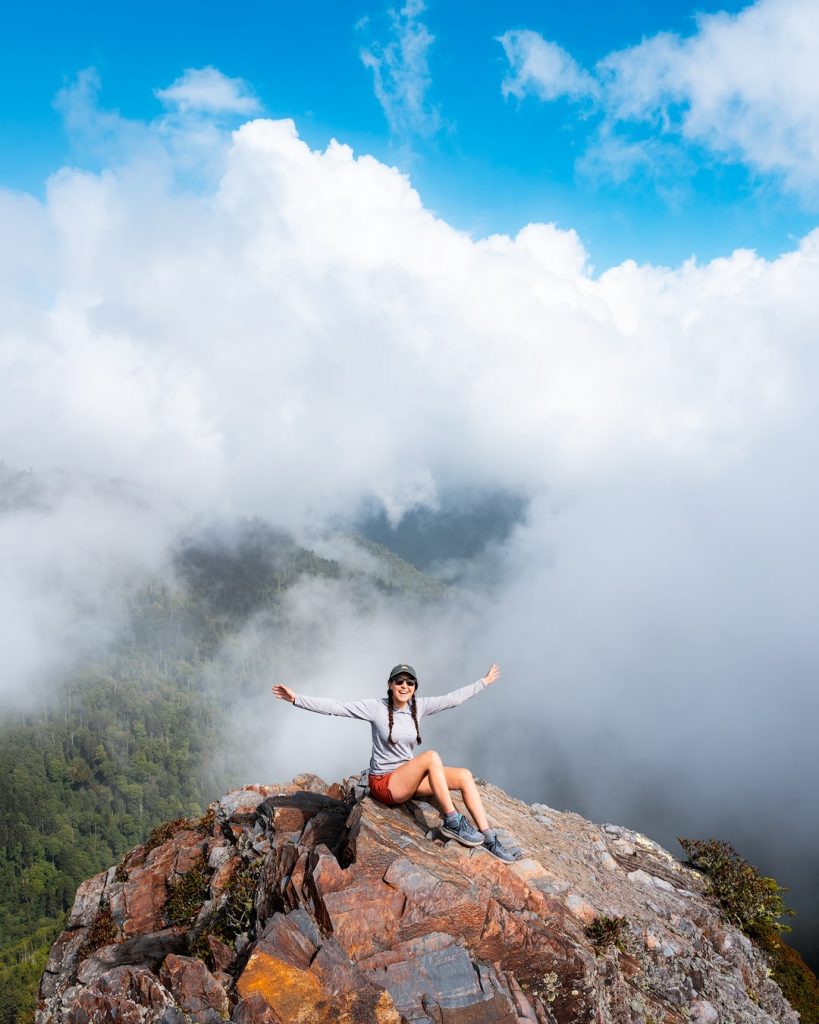
Charlies Bunion
Charlies Bunion is an 8-mile (12.9km) round-trip hike that also makes up a part of the Appalachian Trail. The name “Charlies Bunion” describes the unique rock formation that was exposed during an early 1900s wildfire. This is a steep trail with around 1500 feet of elevation gain.
We hiked this trail on our last trip to the Great Smoky Mountains National Park, and we didn’t encounter many people on the trail. However, if you’re visiting in the fall, be aware that parking at trailheads can be limited.
Abram’s Falls
Abram’s Falls is a 5-mile (8km) round-trip hike in the Cades Cove scenic loop. The trailhead is located about halfway through the scenic drive, and the hike itself takes you through forests of pine-oak and hemlock trees. The hike ends at Abram’s Fall, a 25-foot waterfall that overflows into a picturesque pool. Please be aware that swimming is not advised due to slippery rocks and undercurrents.
Laurel Falls
Laurel Falls is a 2.6-mile (4.2 km) round-trip trail that leads to an impressive 80-foot waterfall. The trail is currently closed for rehabilitation beginning in January 2025, so be sure to check the Laurel Falls current conditions before adding it to your itinerary.
Appalachian Trail (you can section hike some of this famous trail!)
As you’ve probably noticed from some of the hikes I’ve shared, parts of the Appalachian Trail run right through Great Smoky Mountains National Park. This is one of the most famous long-distance trails in the U.S., and many hikers come to the Smokies specifically to complete a “section” of it.
Section hiking the Appalachian Trail here covers roughly 72 miles across North Carolina and Tennessee. Most hikers complete this stretch in about seven days, and you can find plenty of popular itineraries online to help plan your route.
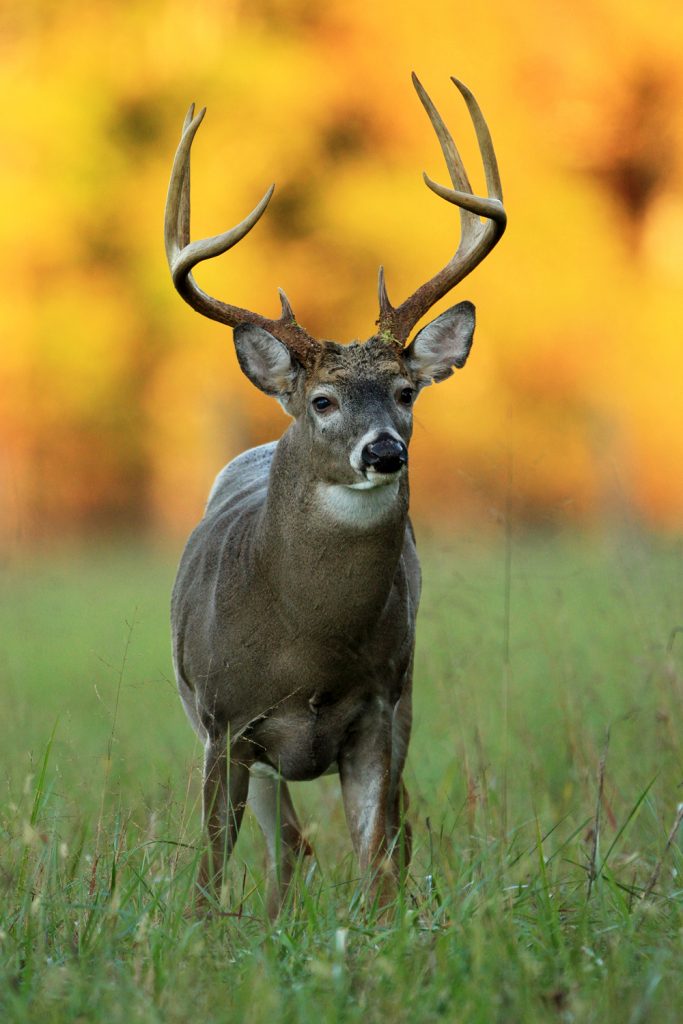
Great Smoky Mountains Photography Tips
The Great Smoky Mountains are a photographer’s dream. Not only is this park home to some of the most spectacular fall colors in the country, but it’s also teaming with wildlife. You’ll have the chance to spot river otters, elk, and black bears.
Below you will find tips to help you capture images you will be proud of during your visit to the Great Smoky Mountains!
- Bring a zoom lens. The Great Smoky Mountains are home to huge black bear populations. Something like a 100-400mm will be great for capturing them from a safe distance. A 70-200mm lens can work for animals like elk, where you only need to keep a distance of 25 yards (25ish meters), but most likely won’t be enough for bears.
- A teleconverter can help extend the range of your current lens. I use a 1.4x teleconverter often when photographing wildlife, and it definitely helps me capture some images I otherwise wouldn’t be able to.
- Always have your camera set up and ready to capture the moment. Wildlife can appear at the most unexpected times, so having your camera ready will help you capture those fleeting moments instead of missing them while you fumble through your camera bag.
- Try using a wide aperture to create separation between animals and the background. This will help create better photos in busy scenes and also has the benefit of drawing the viewer’s eye to the subject.
- Pack a wide-angle lens (such as a 16-35mm) to capture the beauty of the landscape here. Trust me, you are going to want to take hundreds of photos of these mountains covered in color.
Getting Around the Park
The Great Smoky Mountains are pretty easy to navigate, but below I’m going to share some tips to help you make the most of your visit.
Entrance Fees
The Great Smoky Mountains National Park is unlike most national parks in the country. You don’t have to pay an entrance fee, which means if you’re just passing through, it’s free. However, if you plan to park anywhere in the park for more than 15 minutes, you will need to display a parking tag. There are a few ‘free’ days, which you can learn more about here.
There are three different parking tags that you can purchase:
- Daily – $5
- Weekly – $15
- Annual – $40
The tags are tied to your license plate and are non-transferable. Don’t forget to stop by the visitor center to purchase yours and browse the gift shop for national park-themed souvenirs. There are four visitor centers in Great Smoky Mountains National Park: the Sugarlands visitor center, the Oconaluftee visitor center, the Cades Cove visitor center, and the Kuwohi Visitor Center (formerly Clingmans Dome).
If you’re staying in Gatlinburg, your closest visitor center will be the Sugarlands visitor center. If you’re staying in the park, you’ll likely be closer to the Cades Cove visitor center or the Kuwohi visitor center. However, if you’re staying in North Carolina, you’ll probably be closest to the Oconaluftee visitor center (which is the smallest of the four).
Driving Around the Park
If you’ve chosen to drive around the park, be aware that parking can be limited. For really popular attractions and hiking trails, you’re going to want to arrive early. The Alum Cave trailhead, for example, has only 69 parking spaces available, and the Grotto Falls trailhead has only 17 spaces. That’s why taking a guided tour or shuttle into the park can be incredibly convenient.
Please drive slowly, especially at dusk and night, as it’s really common for black bears or elk to be sharing the road with you.
Take a Tour
As I just mentioned, because parking in the park is limited, it can be really nice to take a tour of the Great Smoky Mountains National Park. This is the perfect tour for anyone who wants to photograph the fall colors without having to navigate the park on their own. If you want to hike Bald Mountain, this guided hike is led by a knowledgeable local guide who teaches you about the history of the region, the flora and fauna while you climb the highest section of the Appalachian trail. And for a chance to do the Roaring Fork Motor Trail without any of the headache from parking in this busy part of the park, take this tour.
Bear Safety
Don’t be that person who stops their car in the middle of the road to get out and follow wildlife. When you see something cool, slow down and find an appropriate place to stop. If there isn’t space to stop, slow down to take your photo and then move on your way.
It is quite common to see black bears in this park, so please always be respectful of the wildlife, rangers, and other visitors. We recommend slowing down (not stopping) and having your camera ready to take pictures or videos from your vehicle. And never, ever feed wild animals.

Gartlinburg and Great Smoky Mountains Itinerary
There are so many itineraries that you could take for exploring the Great Smoky Mountains National Park. In my opinion, three nights / four days is the perfect amount of time to explore the park, and that’s the itinerary that I’ve created for you below. This itinerary is ideal for spring through fall, when the park roads and most of the hikes are open.
2 night / 3 day Great Smoky Mountains and Gatlinburg itinerary
I’ve chosen to base this itinerary out of Gatlinburg, Tennessee. This is my favorite town near the park, offering a wide range of great accommodations, restaurants, coffee shops, and stores. Gatlinburg has so much to offer, and staying here really helps you make the most of your Great Smoky Mountains itinerary.
Day 1
If you’re visiting Great Smoky Mountains National Park in the fall, then you’re going to want to get into the habit of starting your days early. Parking spaces are limited, so the earlier you can arrive, the better!
On day one, set an early alarm for sunrise at Kuwohi (formerly Clingman’s Dome). If you’re lucky, you’ll get the chance to witness a beautiful sunrise with fewer people. If you’re unlucky, the mountains will be covered in the famous ‘smoke’ of the Smokies. Either way, it’s still a really unique experience and a great place to start your visit.
After sunrise, head to the Mount Cammerer trailhead; it’s about a 1-hour and 20-minute drive from Kuwohi (formerly Clingman’s Dome). This 11.4-mile hike will take up most of your day. It’s a challenging hike, but incredibly rewarding. Be sure to pack plenty of water and snacks. Mount Cammerer is on the other side of the park from a lot of the other sights listed in this blog, so when you finish the hike, you’ll likely want to head straight back to Gatlinburg.
Make sure to stop at Maddi Mae’s Café for ice cream. It’s located in the Village in Gatlinburg, where there are plenty of shops and restaurants to explore.
Day 2
Set another early alarm and head straight into the park for another day of hiking. Start at the Alum Cave trailhead. Here, you have the choice to do either the 4.6-mile (7.4km) round-trip hike to Alum Cave or the 10-mile (16.1km) round-trip hike up Mount LeConte. This parking area gets busy, so if you really want to do these trails, be sure to arrive early.
Another hiking option for today would be Charlie’s Bunion. This was one hike that we did on our last visit that was quieter than Alum Cave and still really beautiful. Alternatively, if you plan to do both hikes, I recommend starting with Alum Cave in the morning, as it will likely be busier.
After the hike, take a drive to the Newfound Gap Overlook and continue exploring the Oconaluftee Valley in search of wildlife. You’ll have about an hour drive back to Gatlinburg from this end of the park. Be sure to stop halfway at the Newfound Gap Overlook for stunning views of the park.
Finish your day with dinner at the Cliff Top at Anakeesta. Request an outside table so you can enjoy watching the sunset over the Smokies. It’s the best way to end your day.
Day 3
On your final day in the park, you’ll be exploring the Cades Cove area of the park. Here you can explore the Cades Cove Scenic Loop and hike to Abrams Falls. There are plenty of places that you can stop along the Cade Cove Scenic Loop, so be sure to give yourself plenty of time.
From here, I recommend joining up with the Foothills Parkway. You can drive south from Cade Cove to meet up with Highway 129, which connects you to the Foothills Parkway West (on the map, look for Foothills Parkway West Overlook #14). From here, take your time driving north, stopping for photos at all the viewpoints, before looping back to Gatlinburg.I recommend getting dinner at the Heirloom Room in Gatlinburg.
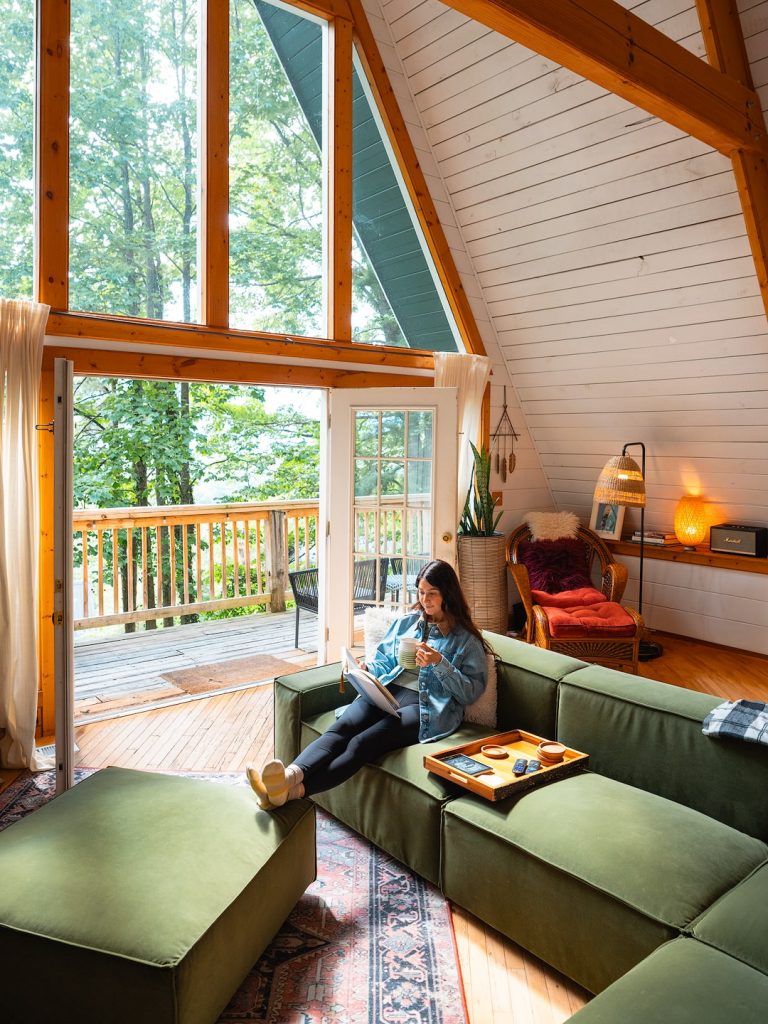
What to Pack for the Great Smoky Mountains
What you pack for your Great Smoky Mountains itinerary will depend on the time of year that you’re visiting and the activities that you have planned. Below you will find some of the things I always pack for a National Park trip. These are my top recommendations for your trip.
Binoculars
It’s a good idea to bring a pair of binoculars to the Great Smoky Mountains. These will allow you to see wildlife from a safe distance and zoom in on the interesting geothermal landscapes. I recoming investing in a good pair, like these.
Reusable water bottle
There are free water bottle refill stations around the Great Smoky Mountains, so be kind to the environment and bring a reusable water bottle on your trip. Some of my favorites include those by Hydroflask, Nalgene, and Stanley.
Walking shoes
The Great Smoky Mountains are famous for hiking, even if you only want to go for short hikes, having a proper pair of shoes will help you be comfortable. I also have a blog post all about the best hiking shoes for men and women to help you choose what is best for your needs.
Jacket
What you pack for layers and outerwear will heavily depend on what time of year you visit. During the summer months I would recommend a lightweight windbreaker or light down jacket. For the spring and fall I would suggest a warmer insulated jacket as the temperatures can get down to freezing. For winter I would recommend a heavy insulated parka.
Sun protection
Even winter can bring sunny (but cold) days in the Great Smoky Mountains and sun protection should be a consideration year round. I would suggest packing sunglasses, a sun hat, and sunscreen.
Nearby Places to Explore
Because the Great Smoky Mountains are so well located, there are plenty of nearby places to explore on your trip. Depending on where you’re traveling from, you could add one of these nearby destinations to your Great Smoky Mountains itinerary.
- Shenandoah National Park
- Knoxville, Tennessee
- Ashville, North Carolina
- Nashville, Tennessee
Save this post for later!
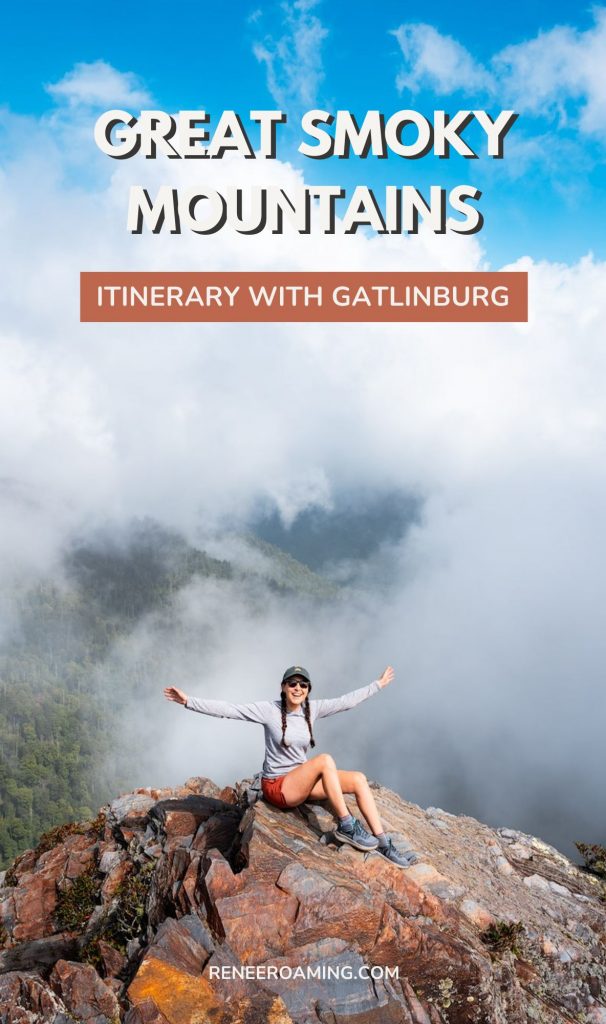
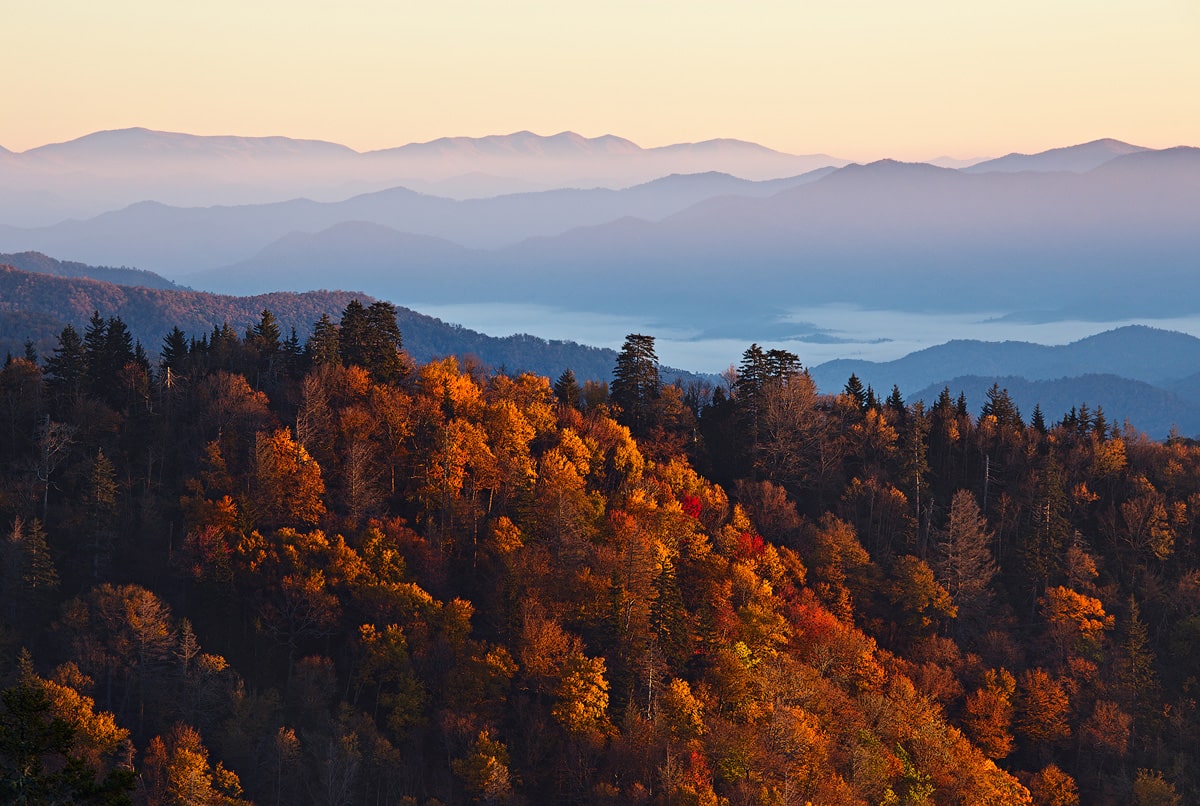


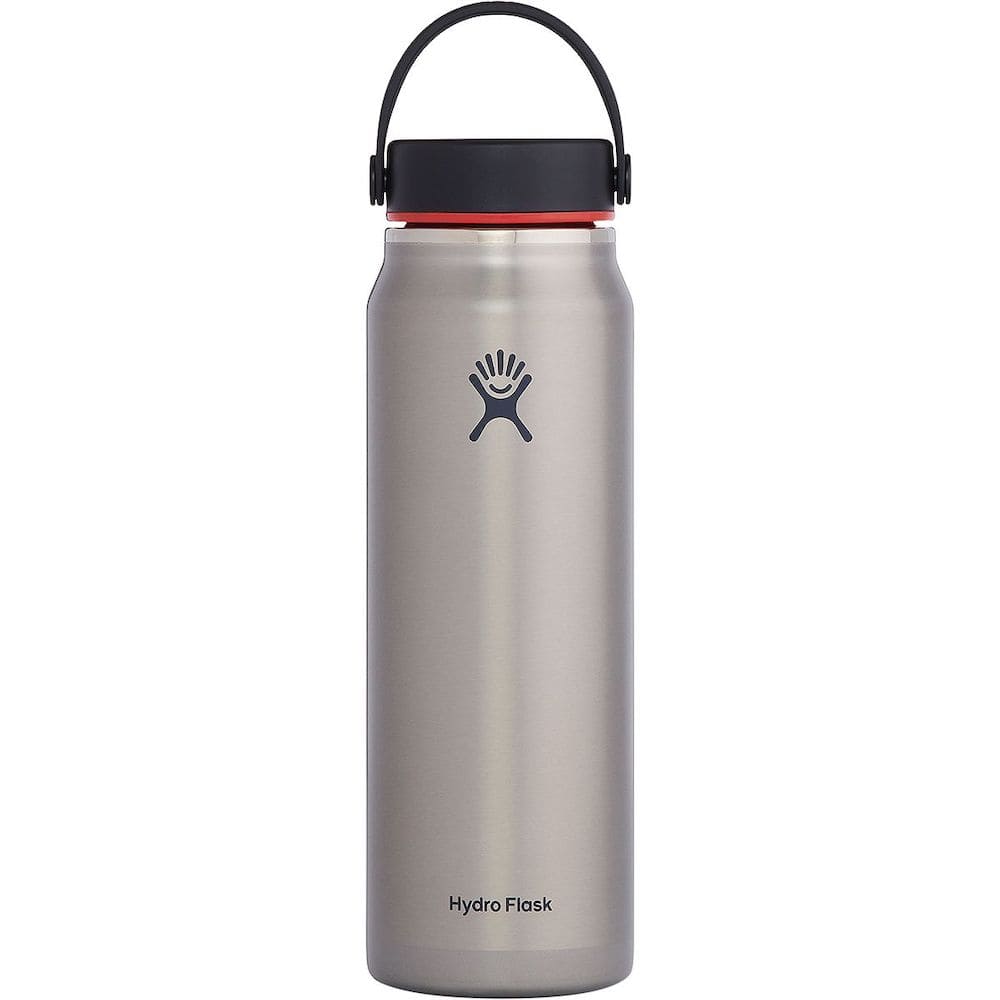


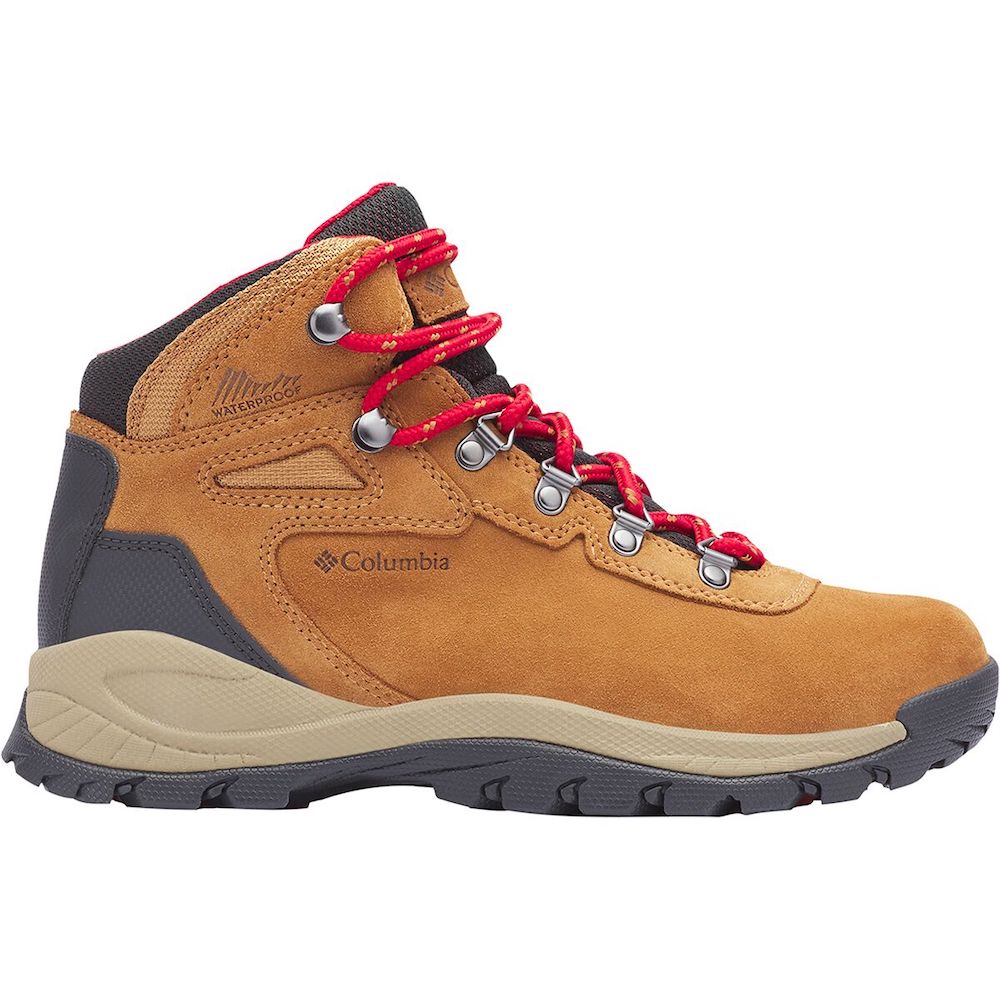

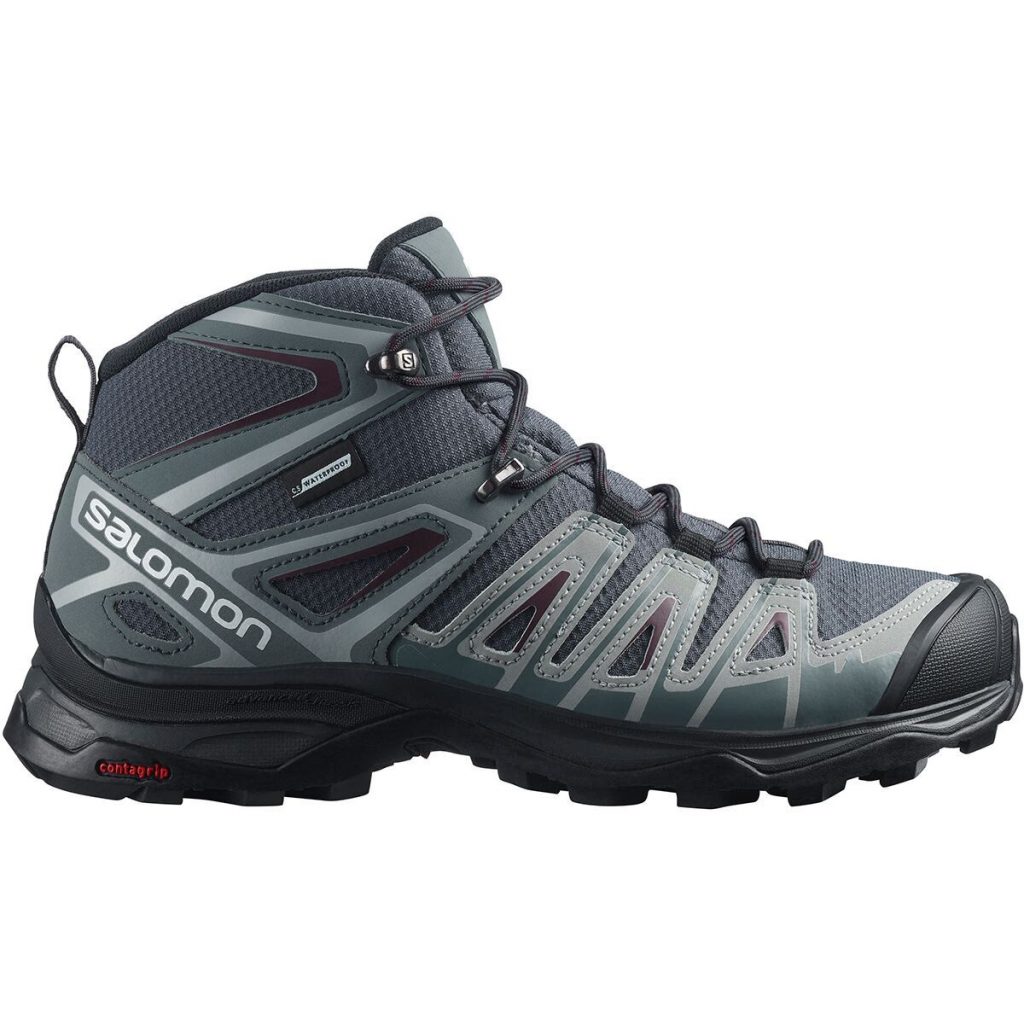


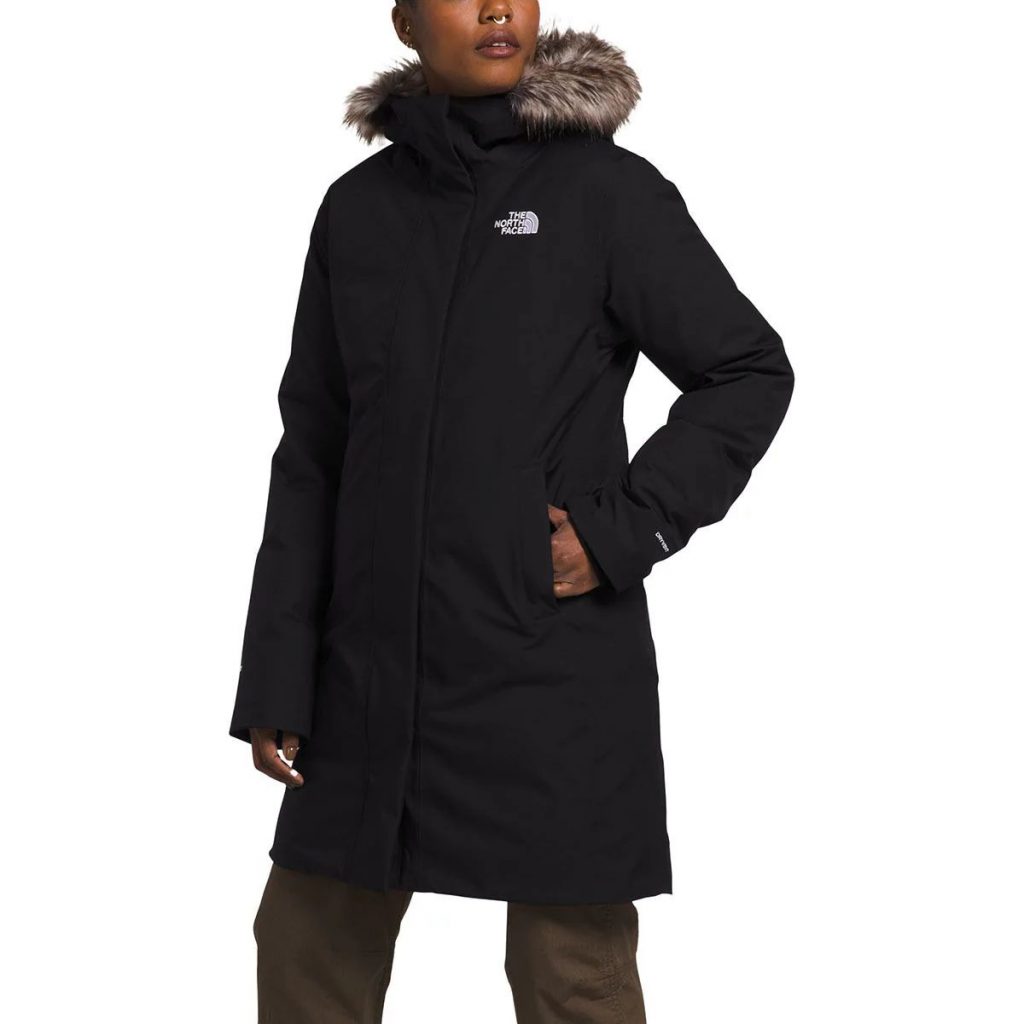




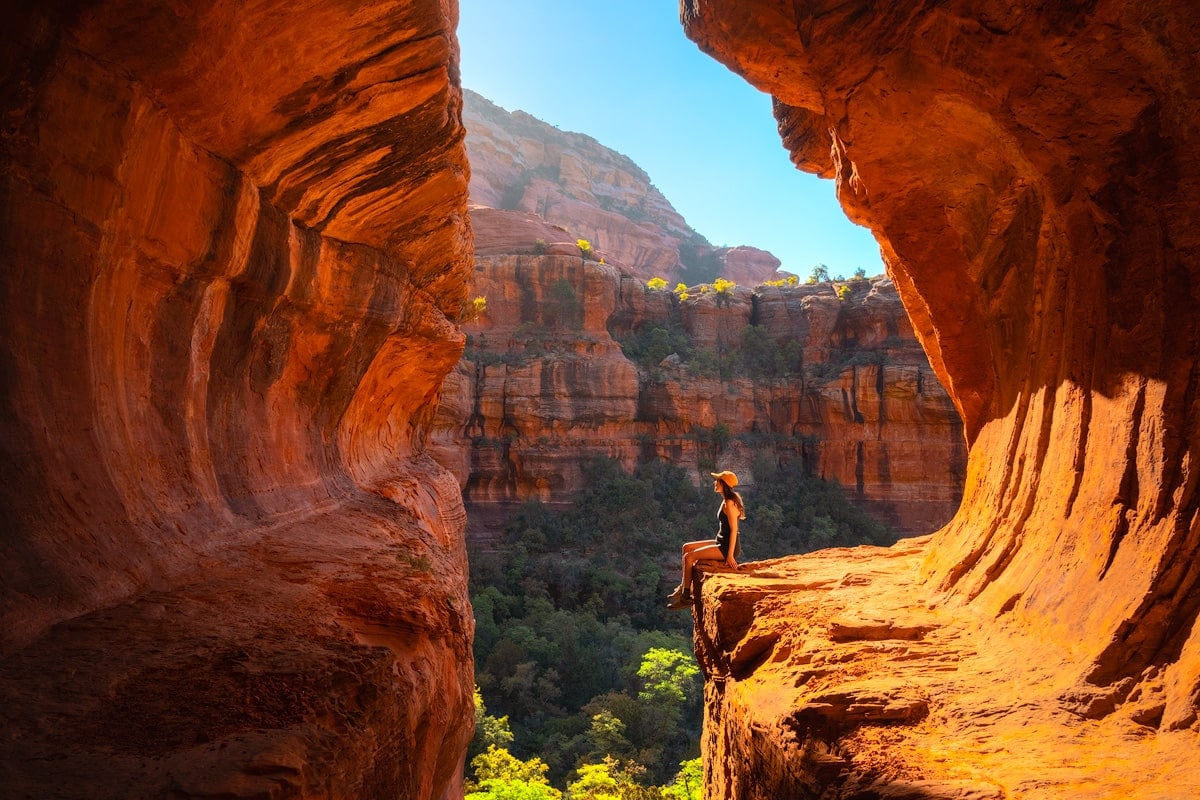
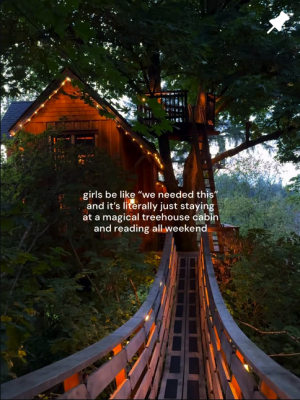


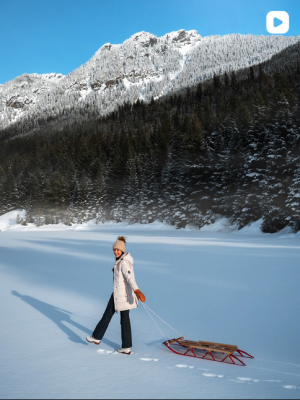


This is such an incredibly detailed and well-organized guide—thank you for sharing your firsthand experience in the Smokies. I really appreciate how you balance iconic spots like Kuwohi and Cades Cove with quieter overlooks and hikes to help avoid crowds. The seasonal tips, parking advice, and Gatlinburg recommendations make this itinerary especially useful for first-time visitors.
This is such an incredibly detailed and well-organized guide—thank you for sharing your firsthand experience in the Smokies. I really appreciate how you balance iconic spots like Kuwohi and Cades Cove with quieter overlooks and hikes to help avoid crowds. The seasonal tips, parking advice, and Gatlinburg recommendations make this itinerary especially useful for first-time visitors. Definitely bookmarking this for a future fall trip to the Smoky Mountains!
This ultimate Great Smoky Mountains and Gatlinburg itinerary is incredibly helpful I love how it covers must see spots and practical tips Perfect for planning a memorable trip to the area
The practical advice on logistics, reservations, and timing is pure gold—exactly the kind of insider knowledge that transforms a good trip into an unforgettable one. This guide is a tremendous resource for first-timers and a great source of fresh ideas for return visitors. Thanks for putting together such a thorough and inspiring plan!
I’ve been wanting to visit the Great Smoky Mountains, and this itinerary is such a godsend! The hiking routes and featured attractions are well-matched, balancing relaxation and adventure. I’m already looking forward to the trip.
Oh so amzing. Try the game now
Oh that is nice.
Adapt, overcome, and succeed – face off against skilled opponents in Steal A Brainrot, where the stakes keep rising.
I absolutely love the Great Smoky Mountains! The vibrant fall colors there are truly magical. Your detailed itinerary is fantastic for anyone planning a trip. Do you have any favorite spots or hidden gems within the park that you recommend exploring?
thank u so much!
I love how the post highlights the beauty of Great Smoky Mountains National Park, especially during fall with its vibrant colors. It’s inspiring to hear about your national park road trip adventure and how you keep coming back to this stunning location.
This was such an enjoyable read! I love how you included personal experience from your 2017 national parks road trip—it makes the guide feel really authentic. The fall colors in the Smokies sound unreal, and the reminder to visit mid-week during peak season is super helpful. Can’t wait to use this itinerary for my own trip!
Such an awesome guide! Reading this while planning my trip actually reminded me of how I pass the time on long drives.
Such a beautiful guide! The Smokies are truly magical in the fall, and posts like this make planning a trip so much easier — I was even using a conversor de letras para copiar y pegar while organizing my notes. Can’t wait to visit again!
Great breakdown of entrances and visitor centers helped me plan which side of the park to base myself on. Really practical and friendly.
The Great Smoky Mountains truly offer a magical experience, especially in the fall with those vibrant colors. It’s fantastic that you’ve explored all the national parks. Do you have a favorite memory or spot within the Smokies that stands out from your visits?
Good information!
Such a well-put-together guide! I really appreciate how clearly you explained the entrances, parking, and quieter viewpoints it actually makes planning feel easier. Saving this for my Smokies trip for sure.
Loved how detailed and practical this guide is, especially the breakdown of entrances, visitor centers, and the parking tag info – that’s the stuff most blogs gloss over. The mix of big-name spots like Kuwohi/Clingmans Dome and quieter places like the Oconaluftee Overlook and Foothills Parkway is super helpful for avoiding the worst crowds. Definitely saving this for my first fall trip to the Smokies.